Toyota, Subaru And Mazda Will Keep Developing New Combustion Engines
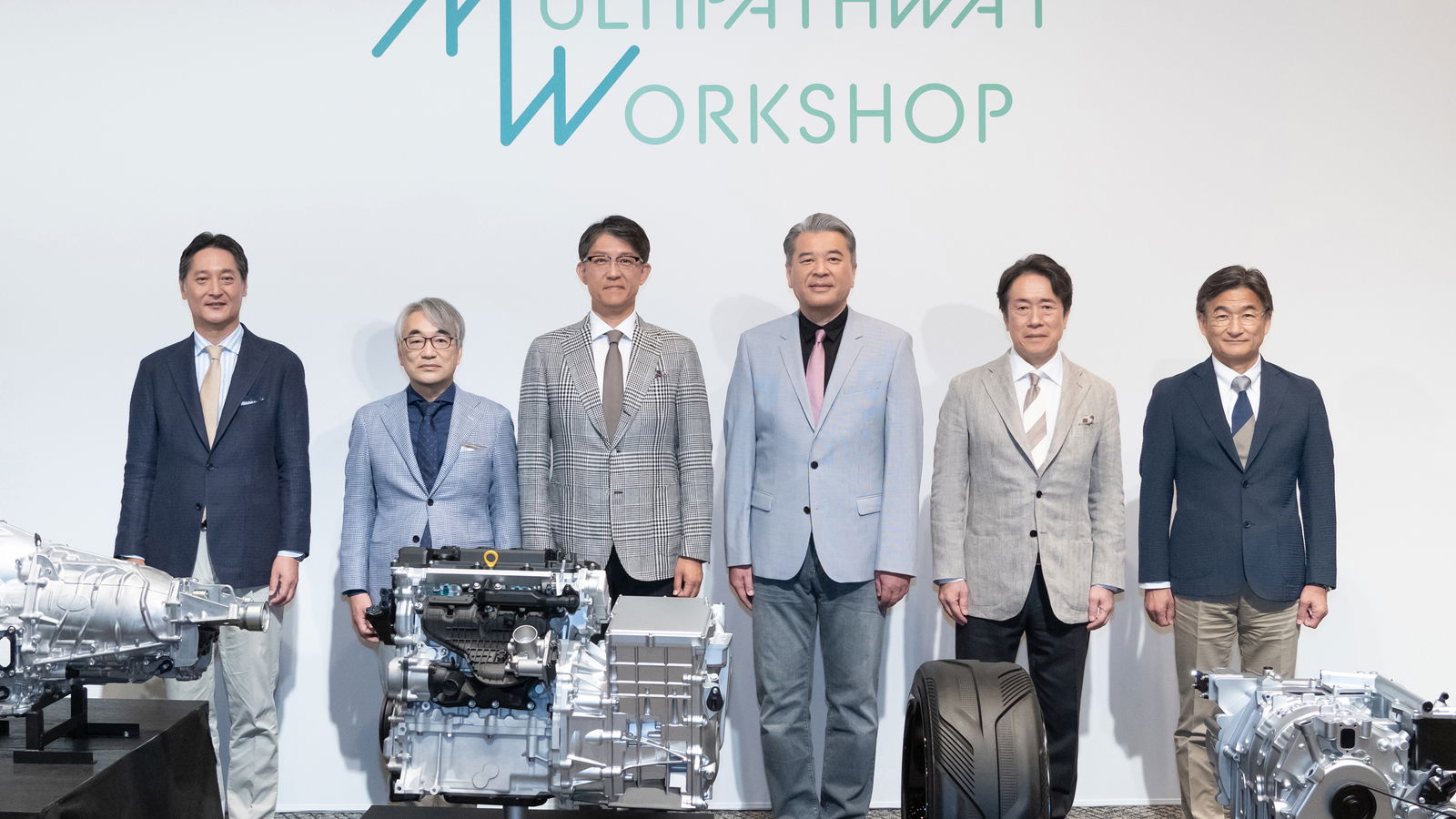
Japanese car manufacturers have no doubt been more cautious than most around committing fully to electric cars. That looks set to continue as three of the company’s major manufacturers – Toyota, Subaru and Mazda – have made a joint announcement that they’ll each work on new generations of compact internal combustion engines designed to work as parts of hybrid systems and accept various lower-carbon fossil fuel alternatives.
The three companies making this announcement together isn’t completely out of the blue. Toyota owns 20 per cent of the Subaru Corporation, which itself owns Subaru the car company; and 5.1 per cent of Mazda, and the three brands are already involved in plenty of platform sharing and rebadging.
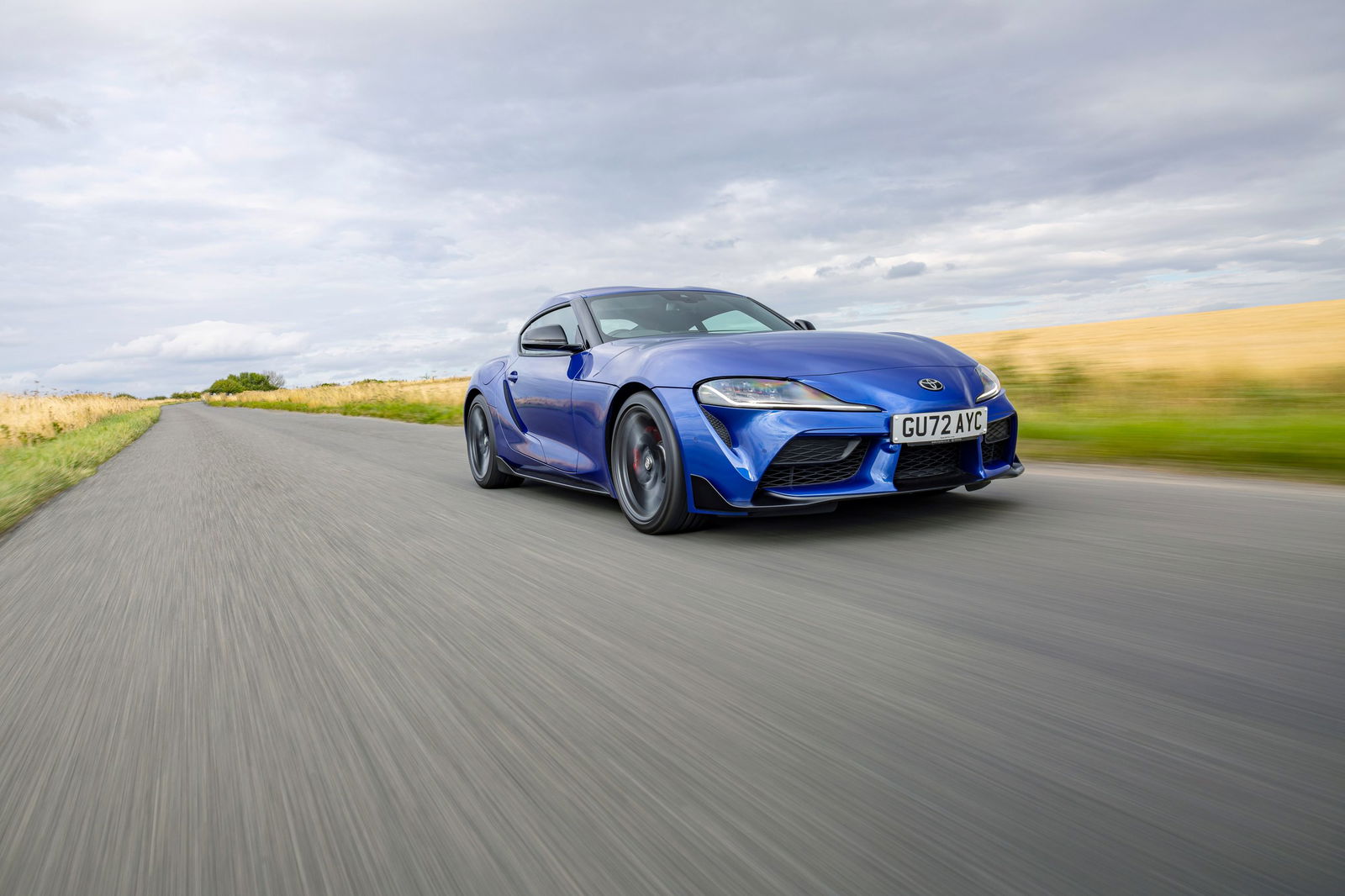
Nevertheless, the announcement doesn’t say that the three will collaborate on engines, but that each will work on its own powertrains. In fact, Toyota CEO Koji Sato says that “the three companies, which share the same aspirations, will refine engine technologies through friendly competition.”
The crux of the announcement is that each will focus on smaller engines, allowing for lower bonnets and therefore better aerodynamics and potentially some more exciting designs. They’ll also aim to optimise them for integration into hybrid systems. Most notably, though, each company will develop engines that can accept a wide range of ‘drop-in’ replacements for petrol, including synthetic fuels, biofuels and liquid hydrogen.
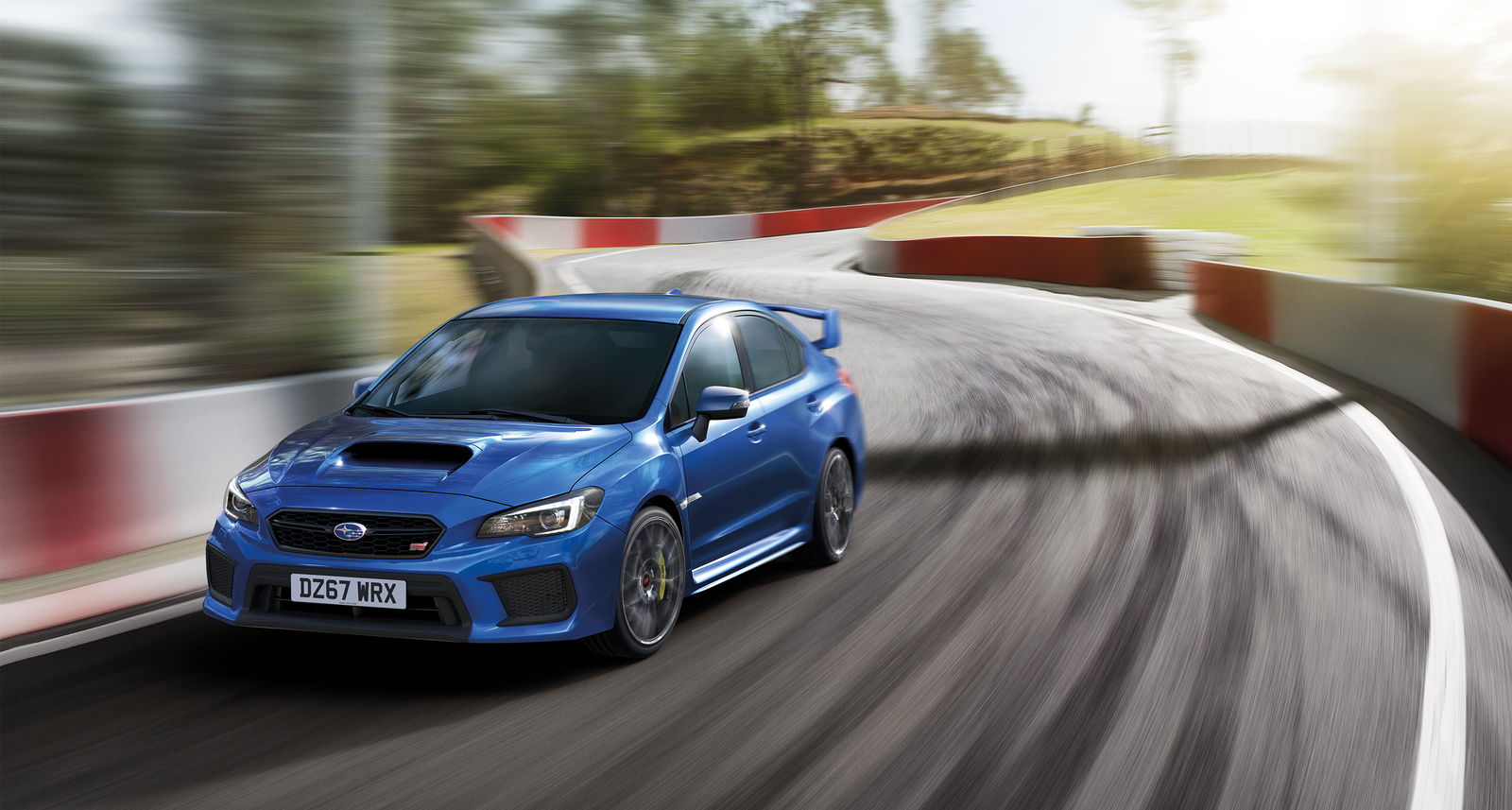
Most importantly, it seems that each company still has a grip on what’s made their respective powertrains unique in the past. Subaru CEO Atsushi Osaki says: “As we continue to refine electrification technology, we will also enhance our horizontally-opposed engines with an aim to use carbon-neutral fuels in the future.”
What really piqued our interest, though, was a comment from Mazda CEO Masahiro Moro: “Given the rotary engine’s compatibility with electrification and carbon-neutral fuels, Mazda will continue to develop the technology through co-creation and competition to ensure it can contribute broadly to society.”
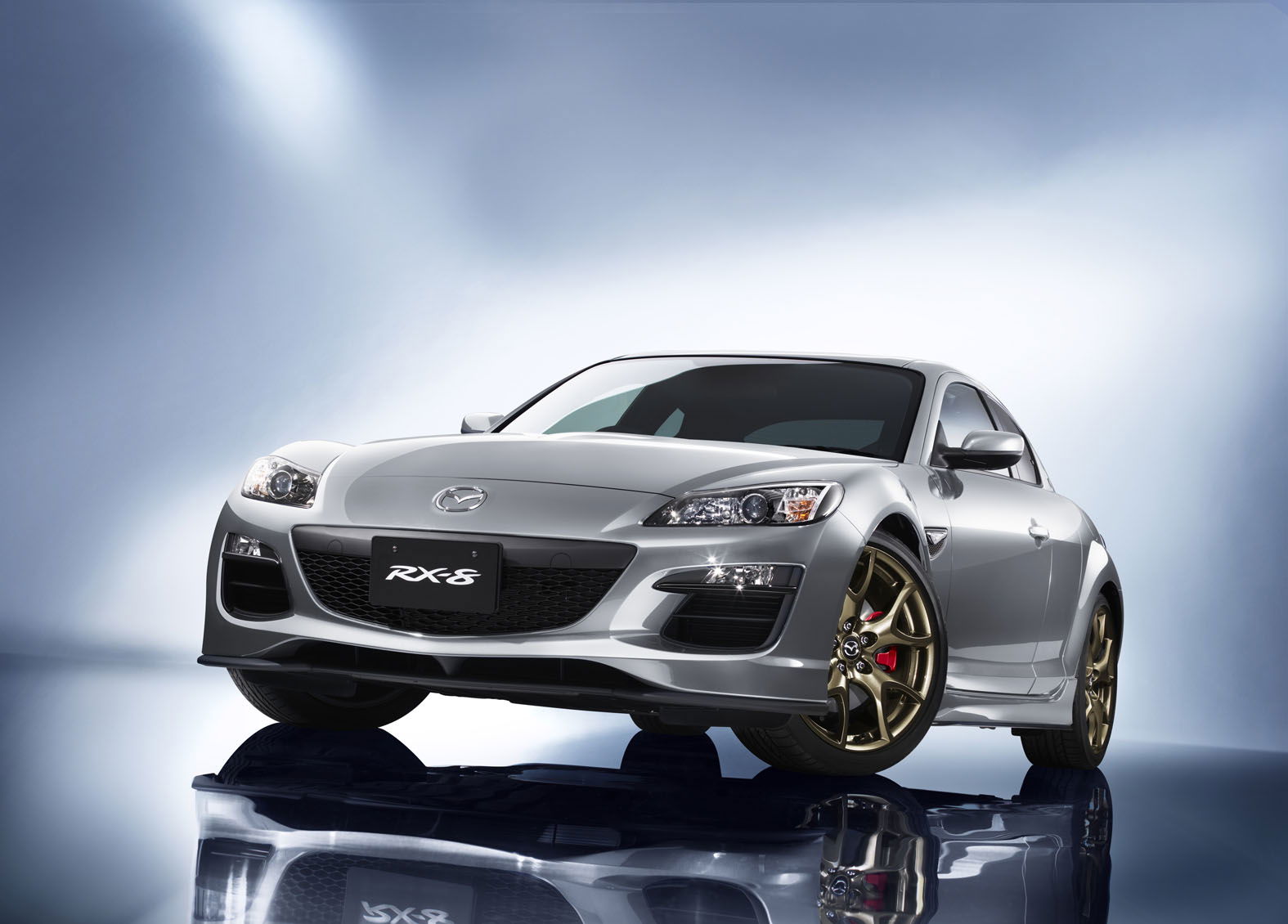
So, what might we see out of this renewed commitment to combustion? A next-generation hybrid Supra? A WRX STI with a hydrogen flat-four? That long-rumoured Mazda RX-9 with an e-fuel-capable rotary? We can only speculate and sit here with our fingers very firmly crossed.
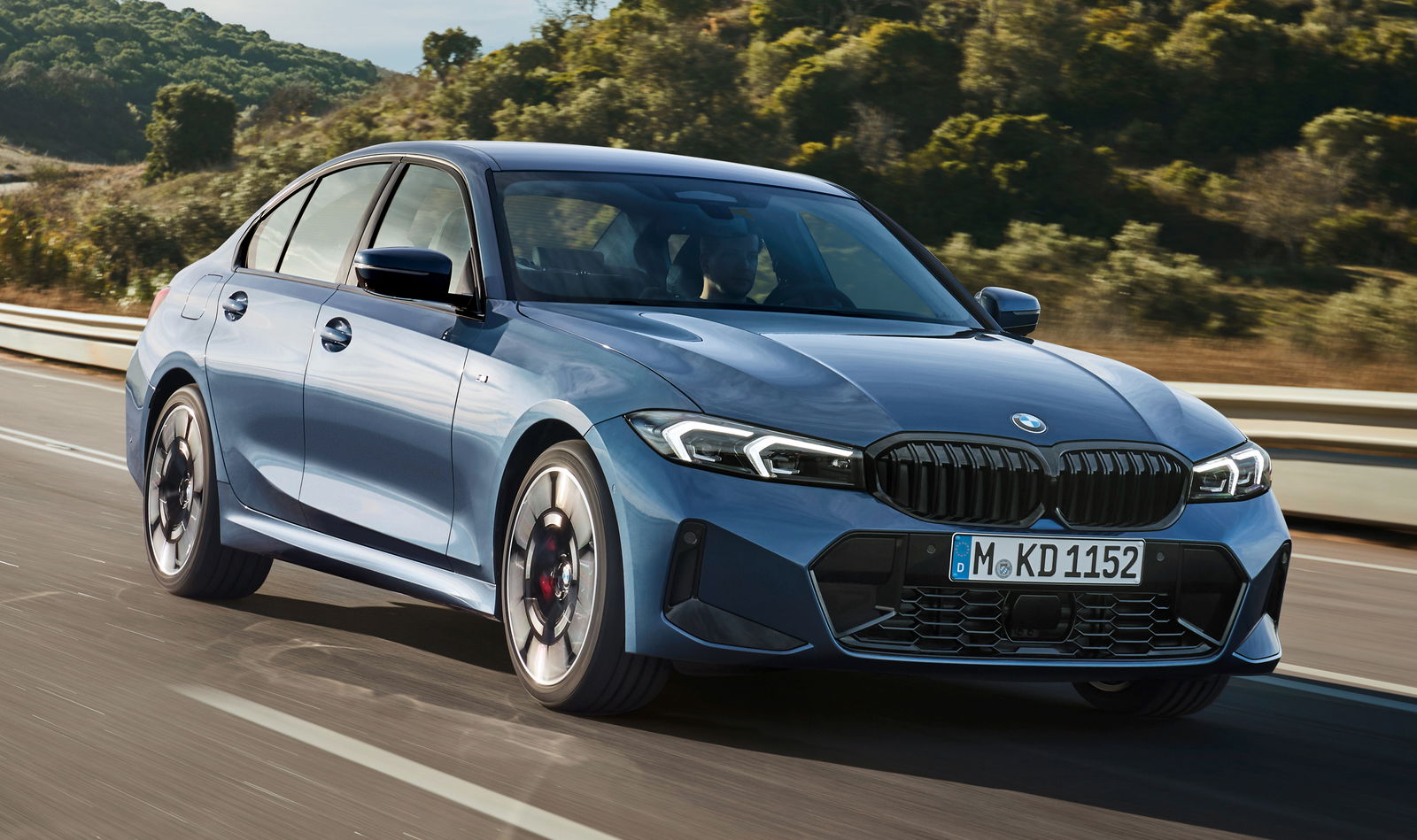
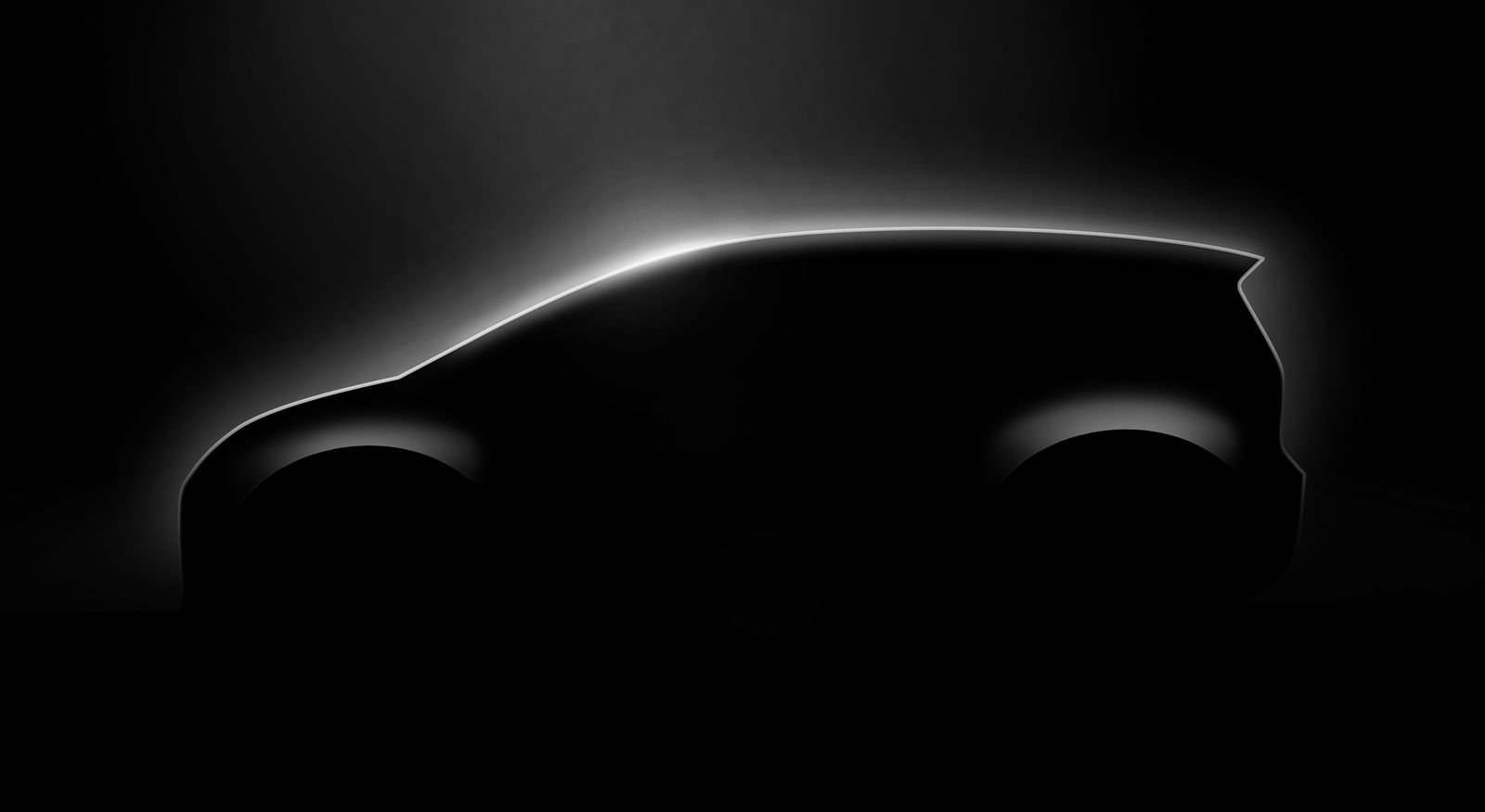

Comments